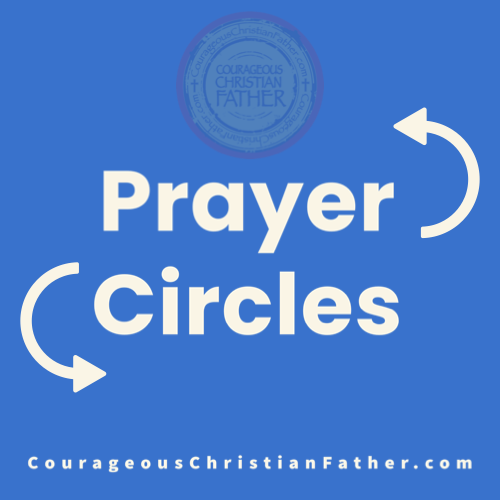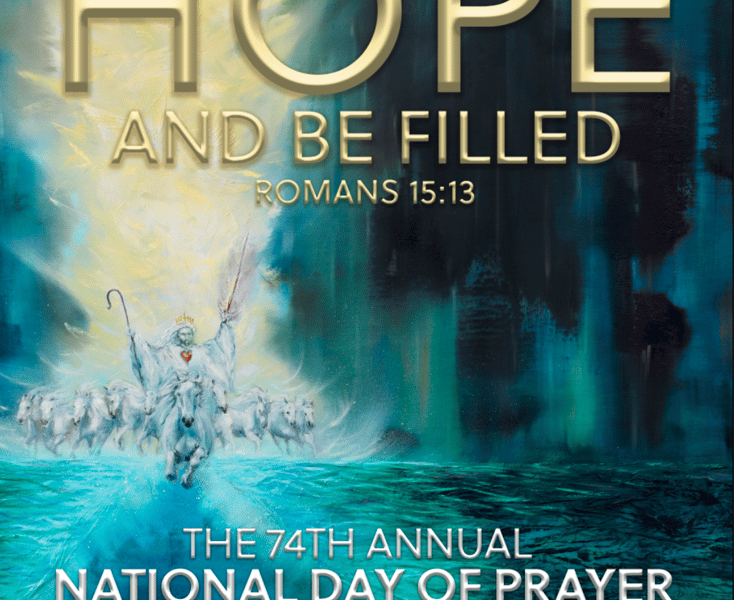Exploring Prayer Circles as Rituals of Movement and Reverence – Prayer is an ancient and revered practice found in various cultures and religions across the globe. It is a deeply personal act of connecting with the divine, seeking guidance, expressing gratitude, or offering supplication. Within the realm of prayer, there exists a unique ritual known as prayer circles, where individuals physically move around or encircle a central point of focus. In this blog post, we will delve into the significance of prayer circles as a form of embodied prayer, examining their historical roots, spiritual symbolism, and the transformative power they hold.
Exploring Prayer Circles as Rituals of Movement and Reverence

The Ritual of Prayer Circles:
Prayer circles, also known as walking prayers or circling prayers, involve physically moving around a particular space, object, or sacred site while engaging in prayerful reflection. This ritual can take various forms, such as walking around a shrine, encircling a religious monument, or pacing in a circular pattern while reciting prayers. The repetitive movement amplifies the spiritual experience, deepening one’s connection with the divine and creating a sacred atmosphere.
Historical and Cultural Significance:
The practice of prayer circles has ancient roots and can be found in diverse spiritual traditions throughout history. Indigenous cultures, such as Native American tribes, have performed circular dances and walked sacred paths as a means of honoring the earth, ancestors, and the divine. In other traditions, circumambulation (the act of moving around a sacred object or site) is a common practice, often seen in Buddhism, Hinduism, and certain branches of Christianity.
Symbolism and Spiritual Significance:
Prayer circles are imbued with symbolism, representing profound spiritual concepts and intentions. The circular path itself symbolizes unity, continuity, and the cyclical nature of existence. As participants move around the focal point, they create a sense of harmony, emphasizing the interconnectedness of all beings and the divine.
The act of circling can also signify a journey or pilgrimage. It represents the seeker’s desire to draw closer to the divine, transcending the limitations of the physical world. The circular movement becomes a metaphorical voyage of self-discovery, transformation, and enlightenment.
Benefits of Prayer Circles:
Engaging in prayer circles offers several benefits, both on an individual and collective level. The physical movement associated with prayer circles brings a heightened awareness to the present moment, allowing participants to be fully present in their prayers. It can enhance concentration, focus, and mindfulness, enabling a deeper connection with the divine.
Prayer circles foster a sense of communal unity and shared purpose. As individuals walk or move together, a collective energy is generated, creating an environment of support, encouragement, and shared intention. This collective energy amplifies the power of prayer, creating a potent space for spiritual growth, healing, and transformation.
The transformative potential of prayer circles extends beyond the participants themselves. The energy and intentions generated within the circle radiate outwards, permeating the surrounding environment and influencing the broader community. Prayer circles have the capacity to bring about positive change, foster peace, and uplift the spiritual vibrations of a particular place or situation.
The Battle of Jericho is an example of a prayer circle
The biblical story of the Battle of Jericho offers an example of a prayer circle in action. According to the Book of Joshua, the Israelites, led by Joshua, encircled the city of Jericho for six days, with priests carrying the Ark of the Covenant. On the seventh day, they circled the city seven times, and at Joshua’s command, the people shouted, causing the walls of Jericho to collapse.
The Battle of Jericho illustrates the power of a prayer circle as a collective act of faith, intention, and divine intervention. The act of encircling the city symbolized their devotion to God and their trust in His guidance. It was a ritual that combined physical movement, prayerful reflection, and a shared purpose.
This biblical account highlights the significance of prayer circles as a means of invoking spiritual forces and achieving extraordinary outcomes. It showcases the belief that when individuals come together in focused intention, their collective energy can bring about transformative results.
The story of Jericho’s walls falling demonstrates the potential of prayer circles to overcome seemingly insurmountable obstacles, both on a personal and collective level. It teaches us the power of faith, unity, and perseverance in the face of challenges.
While the Battle of Jericho is a specific instance of a prayer circle, its underlying principles resonate with the essence of prayer circles in general. They remind us that when we come together in prayer, with sincere hearts and a shared intention, we tap into a deeper spiritual realm where miracles can unfold.
Incorporating the spirit of Jericho’s prayer circle into our own lives, we can cultivate faith, unity, and perseverance. We can embrace the power of collective intention, trusting that our prayers, when grounded in love and righteousness, have the potential to bring down walls and open doors of opportunity and transformation.
So, let us draw inspiration from the timeless story of Jericho’s prayer circle, using it as a reminder of the remarkable possibilities that arise when we join together in prayer, aligning our hearts and minds towards a common purpose and inviting the divine presence to work through us.
Unique and Profound:
Prayer circles offer a unique and profound way to engage in embodied prayer, combining physical movement with spiritual reflection. By encircling a sacred space or object, participants embark on a symbolic journey of unity, self-discovery, and connection with the divine. This ritual has historical roots in various spiritual traditions and holds immense symbolic significance.
Prayer circles enable individuals to deepen their spiritual practice, fostering mindfulness, concentration, and a heightened sense of presence. Moreover, they facilitate a sense of collective unity, creating an environment of support, shared intention, and transformative energy. As we circle in prayer, we tap into the transformative power of movement, symbolism, and divine connection, opening ourselves to profound spiritual experiences and the potential for personal and collective transformation.
Constant Movement:
In a world that often demands constant movement and busyness, prayer circles offer a respite—a sacred space where we can slow down, reflect, and reconnect with the deeper aspects of our existence. They remind us of the power of intentional movement and the significance of ritual in our spiritual journeys.
Whether it’s walking around a sacred site, encircling an altar, or pacing in a meditative pattern, prayer circles invite us to step out of the ordinary and into the extraordinary. They invite us to engage not only our minds and hearts but also our bodies, recognizing that true spiritual experiences encompass our entire being.
As you embark on your own spiritual exploration, consider incorporating prayer circles into your practice. Find a sacred space, whether it’s a natural environment, a place of worship, or a personal altar. Walk, move, or pace around it with reverence and intention, allowing the physical movement to guide your prayers and reflections.
Conclusion:
Remember that the true essence of prayer circles lies not only in the act of circling itself but in the intention and sincerity with which we engage. It is a practice that invites us to go beyond the surface level and dive deep into the depths of our souls, connecting with the divine and embracing our interconnectedness with all of creation.
In the sacred circles of prayer, we discover a profound sense of unity, peace, and purpose. We experience the transformative power of movement and ritual, transcending the ordinary and connecting with the extraordinary. So, let us embrace the beauty and significance of prayer circles, allowing them to enrich our spiritual lives and lead us on a path of growth, connection, and inner awakening.
Be sure to read
The Circle Maker: Unleashing the Power of Prayer by Mark Batterson
Check out Courageous Christian Father’s Wish list on Amazon where you can purchase and this items sent directly to him and they will be used for the ministry.
Subscribe To Courageous Christian Father!
Don’t miss any blog posts! Subscribe today! You can subscribe via WordPress or by entering your email! Thank you!
Follow Courageous Christian Father on WordPress.comFollow Courageous Christian Father on Social Media
Recent Posts:
Below are some examples of blog entries from all the blogs that I do. (Courageous Christian Father, Steve Sews Stuff, SteveZ DuckZ, and SteveZ DesignZ).
Thank You For Reading Courageous Christian Father!
Thank you for reading. Please feel free to share and like this blog post.
Clipart: Unsplash, Pixabay, Pexels, Openverse, Adobe Express, Adobe Stock, FreePik, MetroCreative, and more. This site uses Amazon Affiliate Ads & Google Ads.
About the Author
Discover more from Courageous Christian Father
Subscribe to get the latest posts sent to your email.


